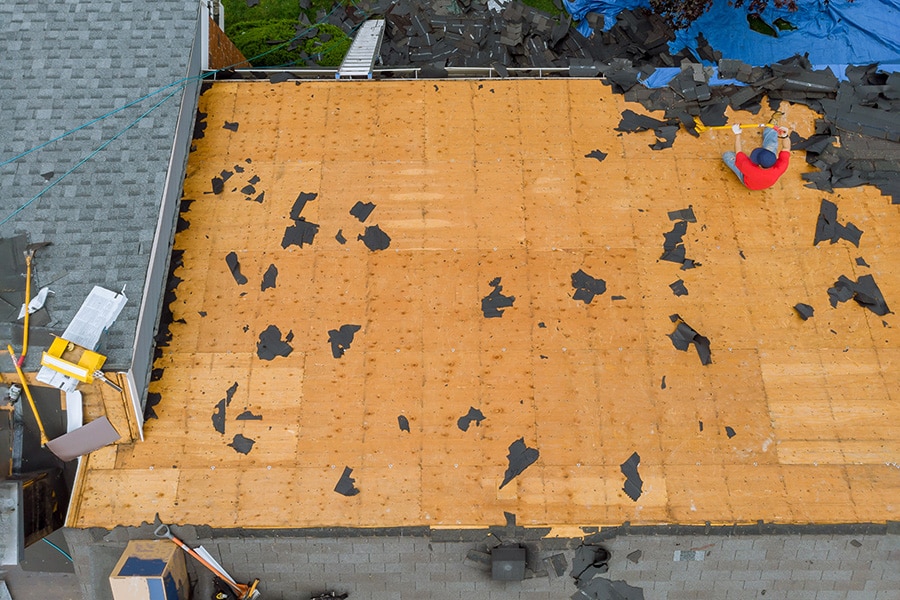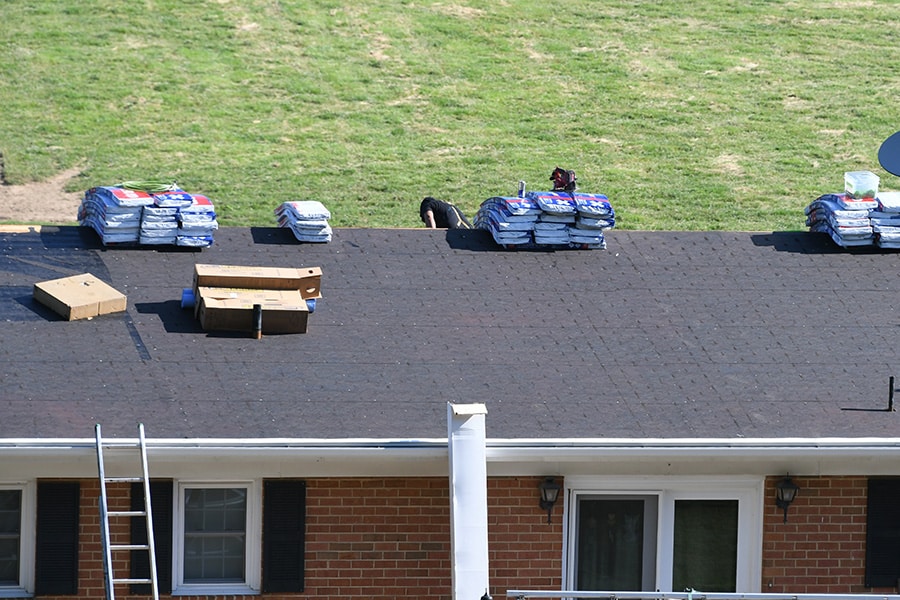A Guide to a New Roof Installation
1. Initial Meeting & Scheduling
Likely, if you are shopping for a new roof, you are getting quotes from multiple local roofing companies In the initial meeting, the roofer will ask all of the questions and assess the roof. They will be able to determine what will be needed and provide you with an estimate for the replacement.
Once you decide to work with them, they will call you to schedule the installation. You can likely plan on approximately three days for the roof installation to be complete. This will vary based on the availability of installers, size of your roof, and other variables specific to your roof and your contractor.
2. Choose The Roofing Material
Regardless of whether you are wanting to change your roofing material or not, the roofing contractor you select will offer the best options available for your roof. Things that are often taken into consideration include the climate in which you live, design of your home, and budget. Once you decide on the material, your roofer will order all of the materials and deliver them to your home based on your agreed upon schedule. Gleason Roofing is a Master Elite contactor for GAF meaning we can offer the best materials from them as a manufacture
3. Set Up
On your agreed upon start date, your roofing company will come to begin your new roof installation. They will likely have a trailer and several trucks with materials and tools along with a dumpster for old material. These can include moving outdoor furniture and vehicles, keep pets inside or board them, or even removing items from your walls. Ask your local contractor for exactly what they expect to promptly begin work and not cause any delays.
4. Remove Old Materials
The installation begin with removing all of the old materials from from your roof. This can include parts of the roof deck (if they are worn), gutters if requested, roof vents, fascia, and everything else that needs to be replaced. All old materials will be placed into the dumpster that will be delivered prior to the install.

5. A Second Inspection
A roofer will likely complete an inspection of the remaining roofing material once all of the old materials have been removed. This is to be sure there was no hidden damage that is revealed through removing the old material. If more extensive repairs are needed or materials need to be replaced, your roofer will communicate this to you and provide you with a written quote for all work to be completed.
6. Underlayment Installation
A key piece of any roofing material is the underlayment. This is an essential layer of protection from the elements and is installed directly to the roof deck. Discuss your underlayment options with your local roofing contractor.

7. Material Installation
Up until this point, everything that has been completed is all in preparation for the installation of your roofing material. The more prep that is done will help with the longevity and proper installation of the roofing system as a whole. Because the material is the most visible aspect of the roofing system, the material installation should be done carefully. Completing this step with precision will not only make your home look good, but also ensure the material protects your home below.
8. Accessorize The Roof
We’re not talking about giving it a purse and a fancy pair of shoes. There are several essential pieces of the roofing system that are installed after the roofing material. This can include new flashing, roof vents, gutters, and other items that may have been removed. Your roofer will also cap the roof ridges at this final step. Special materials are used for capping the ridge to offer additional protection to the vulnerable area.
9. Clean Up
As the last step of a new roof installation, clean up is almost as important as the preparation. This will ensure that all materials are removed from the property and properly discarded. Your roofer should go over your lawn to pick up and nails and other debris as well.

